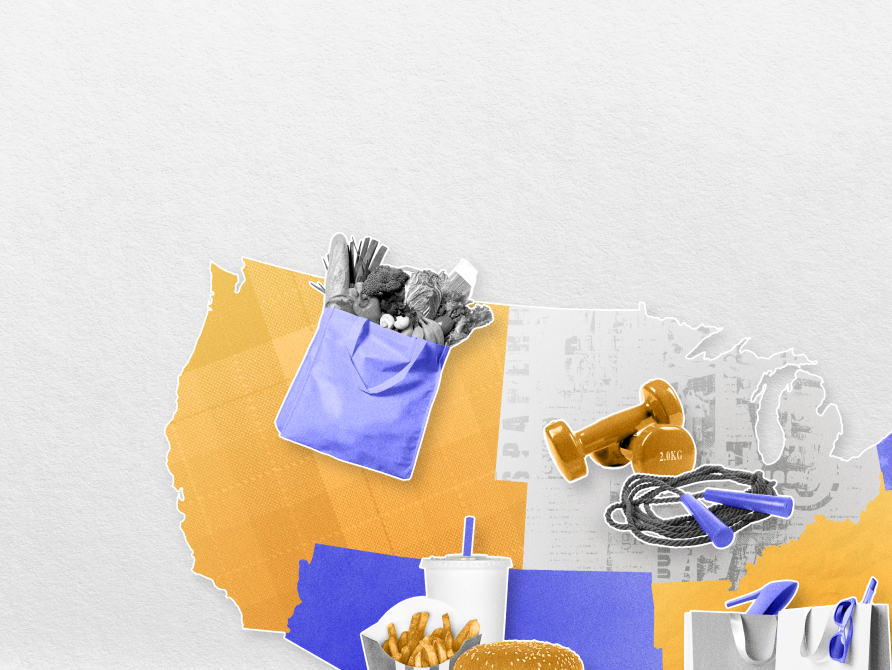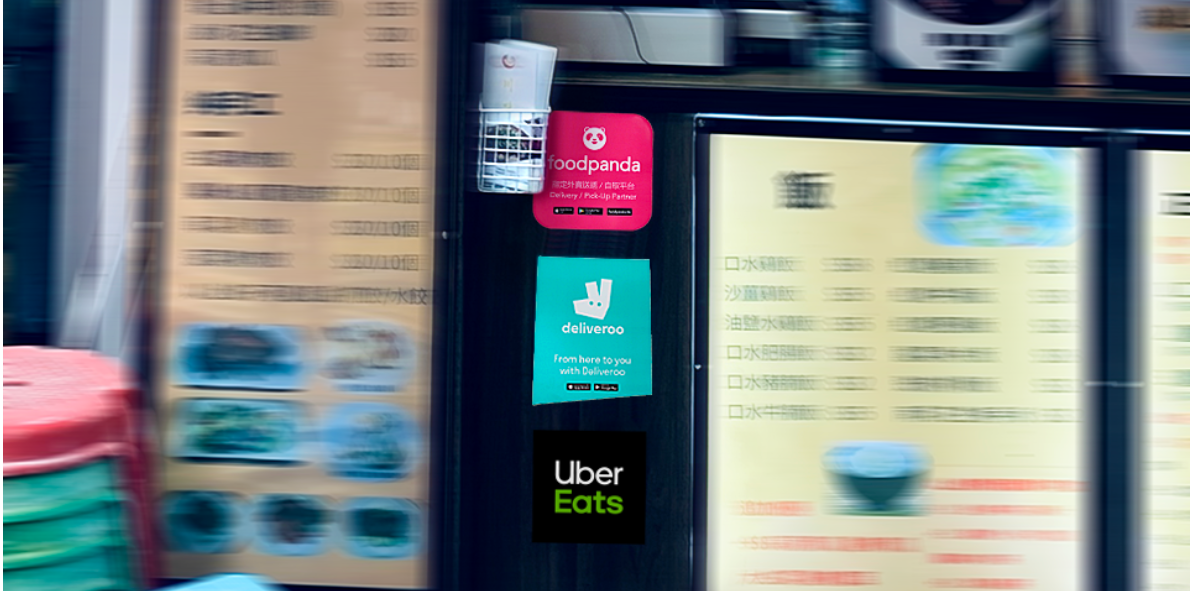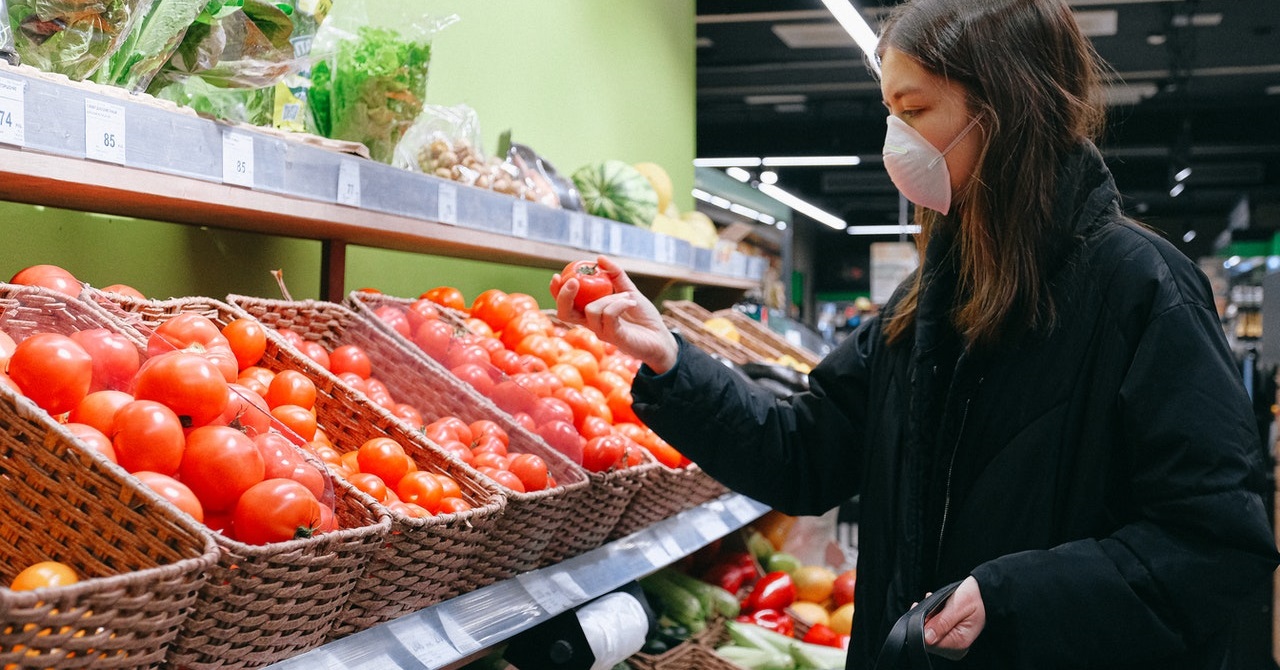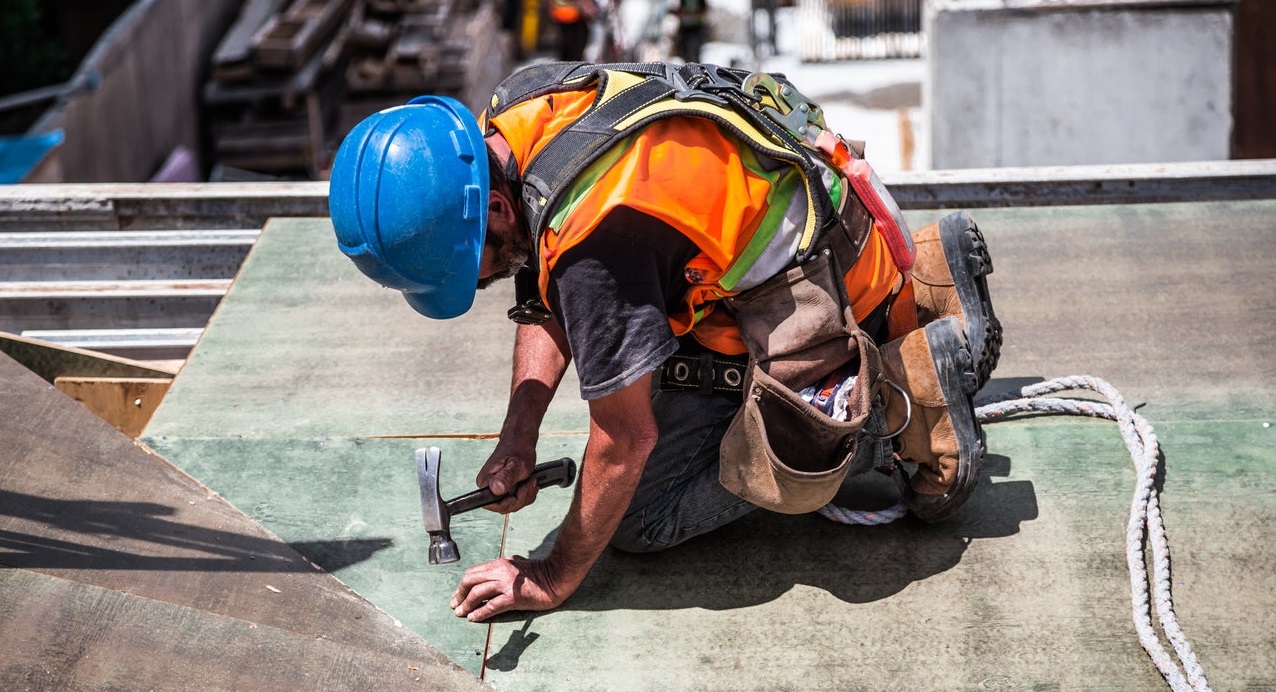Crypto has been dominating headlines lately, from Dogecoin to Bitcoin the digital asset has become THE hot topic for news and media outlets. It’s not just media outlets that have latched on to the crypto craze, large institutions are also starting to explore the possibilities of this technology. Naturally we were curious as well, so in this post we use Linkup’s Raw dataset to take a look at who has job listings in this area.
Three important factors in mortgage underwriting are debt-to-income (DTI) ratios, loan-to-value (LTV) ratios and credit scores. Over the course of the pandemic, we have seen a decrease in the average DTI and LTV as well as an increase in the average credit score of loan applicants. There are two possible reasons for this change: either the risk attributes of applicants have changed, or lenders’ credit underwriting standards have changed due to an uncertain economic outlook.
U.S. consumer spending has been altered by the coronavirus pandemic. Our data reveals that consumers are changing the way they pay for goods and services, with some industries seeing spending shift toward online purchases. Additionally, the pandemic has changed the types of purchases consumers are making, with stimulus recipients increasing their spending on big-ticket items.
Publicans hoping for packed beer gardens after reopening last month have found punters being held back by an uninvited guest – the rain – with geo-data revealing how one of the wettest late springs on record might have subdued the sector’s recovery. The number of people visiting pubs in England more than doubled from Friday 16 April to Thursday 22 April, from around 16% of the levels we saw in January 2020 to almost 35%.
After Colonial Pipeline - the largest pipeline for refined oil in the U.S. - halted operations after being hacked on May 7, eastern U.S. states have faced the possibility of acute gasoline shortages. Although the pipeline was restarted last Wednesday May 12, many states are seeing lingering shortages. As of the morning of May 17, North Carolina, the state hit hardest, had almost 60 percent of its stations out of gas.
While every sector has its doubters, off-price leaders were the focus of a high level of concern during COVID because of their reliance on physical locations. And while the ultimate success of the sector, especially relative to the wider apparel space, was hardly impossible to predict, the performances of top brands in the space were truly impressive. So where do things stand and how might these leaders progress deeper into 2021?
Total construction starts fell 2% in April to a seasonally adjusted annual rate of $853.5 billion, according to Dodge Data & Analytics. Single family construction posted a sizeable decline following months of strong activity, while nonresidential building and nonbuilding starts both gained. “The pullback in single family construction starts was inevitable after showing exceptional strength over the past year,” said Richard Branch, Chief Economist for Dodge Data & Analytics.
The multifamily industry has been off to a hot start to 2021 after a challenging 2020. New deliveries through April were up considerably, but so was apartment demand. Robust demand has been a continuation from the recovery that began in Q3 2020, but the difference so far this year is the reappearance of rent growth.
Activity levels across the UK’s hotels, B&Bs and guest houses are showing a pre-emptive rise in traffic, with the presence of staff, workers (and a number of outdoor drinkers) behind a 35% rise in presence beginning April 12th. Analysis of when hotels have been busiest during the period since April 12th reveals that activity is highly concentrated in working hours, with up to 15% more attendance taking place between 9am and 5pm.
The U.S. shed more than 22 million jobs in March and April 2020 as the economy felt the full impact of the pandemic shutdown. These jobs have been coming back, and as of February 2021, the U.S. has recovered 58% of the jobs lost in 2020. However, the job recovery has been felt differently across the country with some states showing full recoveries and others lagging far behind.
With the first set of restaurants allowed to open for indoor dining in the UK May 17th, we are taking a look at how things have changed since outdoor dining opened on April 12. We examine shifts in popularity for different restaurant subindustries as well as how much momentum online ordering has been able to retain. These trends provide important insight into how the next few weeks may evolve as additional restrictions are lifted.
The occupancy doldrums remained in place with U.S. occupancy falling to an eight-week low (56.7%) during 2-8 May 2021. Using STR’s total-room-inventory (TRI) methodology, which considers hotels that are temporarily closed, occupancy dropped to 54.2%. Demand, however, increased slightly and remained above 21 million as it has since mid-March. The decrease in occupancy was a result of increased hotel openings.
At the beginning of the year, ad tech leaders were talking about what they expected from programmatic in 2021. A big part of the discussion was how programmatic would become central to the media planning process and how buyers would need to adopt a ‘test and learn’ mindset. Not only that, but IAB predicted that programmatic’s “meteoric rise” in ad spend would reach $98 billion and account for 68% of all digital advertising in the US.
Towns and cities in the UK’s North East, North West and West Midlands show early signs of getting back to previous working patterns, with high-frequency geo-location data revealing a sharp rise in commuting practices during April as lockdown restrictions eased. The data measures the extent to which residents of UK towns and cities travel beyond their home environments on a frequent basis – a traditional commuting pattern.
In the biggest shock of the retail year (note the heavy sarcasm) both Walmart and Target are recovering well. Looking at year-over-year numbers in March and April shows Target visits skyrocketing to gains of 21.7% and 49.5% respectively in the two months. Walmart went from significant year-over-year declines to a March visit gap of just 0.4% and visit growth of 21.7% in April.
The latest loan performance data from CoreLogic shows that the nation’s mortgage delinquency rate in February 2021 was 5.7%, a small increase from January’s 5.6%. The delinquency rate calculates the number of loans in various stages of distress — 30-59 days past due, 60-89 days past due, 90+ days past due, and foreclosures — as a percentage of all first-lien mortgages in servicing.
Big tech companies have long been considered highly attractive places to work. They pay well, offer top notch perks, and are full of talented people working on difficult technical problems. Being tech companies, most of their workforce is composed of jobs that require technical skills.
The Dodge Momentum Index posted an 8.6% gain in April, climbing to 162.4 (2000=100) from the revised reading of 149.5 in March. The Momentum Index, issued by Dodge Data & Analytics, is a monthly measure of the first (or initial) report for nonresidential building projects in planning, which have been shown to lead construction spending for nonresidential buildings by a full year.
While it’s extraordinarily positive and extremely encouraging to be so firmly entrenched in economic recovery mode, there’s a strange sense of deja-vu that we’ve returned to a very similar place circa 2011/2012 with everyone trying to read tea-leaves and goat entrails to discern where the job market is and what the pace of job gains will be in the coming months.
The Association of American Railroads (AAR) today reported U.S. rail traffic for the week ending May 1, 2021, as well as volumes for April 2021. U.S. railroads originated 951,840 carloads in April 2021, up 23.7 percent, or 182,060 carloads, from April 2020. U.S. railroads also originated 1,173,952 containers and trailers in April 2021, up 33.8 percent, or 296,758 units, from the same month last year.































































